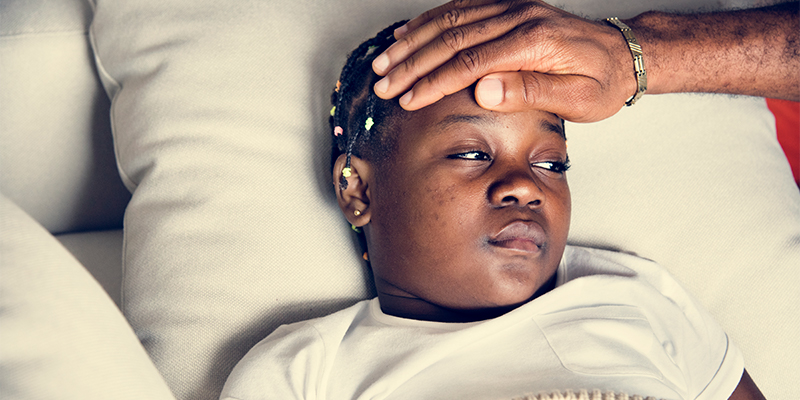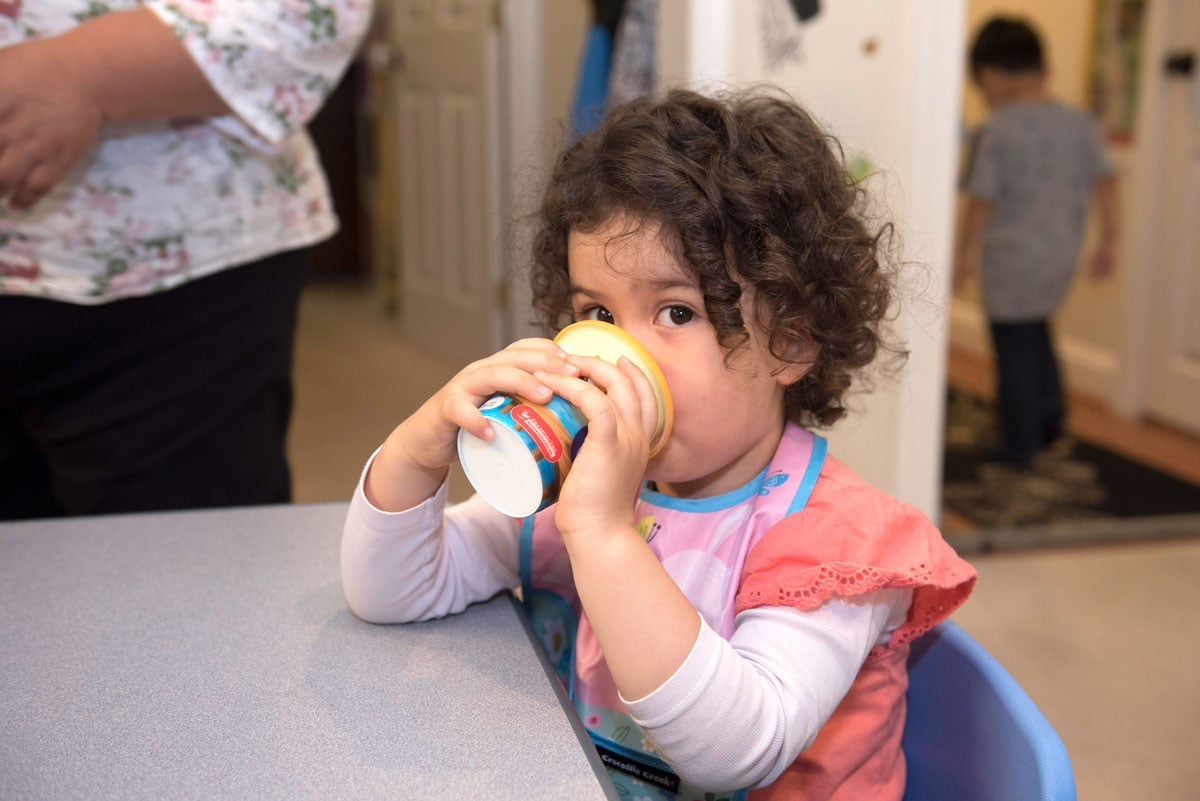
Parents rely on child care so they can go to work, and many are left scrambling when their child gets sick. Providers have more than one child to care for, so they have to make tough decisions about whether to allow a sick child to come and risk the health of other children. That’s why it is important that child care resource and referral (CCR&R) agencies and child care health consultants work with providers to develop easy to understand Inclusion and Exclusion policies that define when a child is too sick to be in child care, and when they can stay in care.
Is a child really too sick to stay in care?
Knowing when to call a parent to have them pick up a child is hard. Providers want to do their best to care for each individual child, but they may also worry that a sick child will transmit illness to others. It’s important for providers and programs to remember that many illnesses do not require children to be sent home. But making that call can be difficult— that’s why having policies are so important.
Providers should always make sure that their program’s inclusion and exclusion policies meet state licensing requirements. Some state rules are specific about when a child must be sent home. Generally speaking though, common childhood illnesses like colds, pink eye and fifth disease do not require exclusion. This is even true of fevers. Caring for Our Children guidelines state that:
“Fever is an indication of the body’s response to something but is neither a disease nor a serious problem by itself. If the child is behaving normally but has a fever, the child should be monitored but does not need to be excluded for fever alone.”
Daily health checks are a great way for providers to take a few moments to notice how each child is looking, feeling and acting when they first arrive. That will make it easier to notice of the child’s behavior or symptoms change throughout the day.
If a child shows some symptoms of illness, the provider should consider the following before deciding whether to send them home. Do the symptoms:
- Prevent the child from participating comfortably in activities?
- Require care that is greater than the staff can provide without compromising the health and safety of other children?
- Pose a risk of harmful diseases to others?
If the answer to any of these questions is “yes,” then they should be sent home. If the answer is “no,” then the child should stay and staff should make sure that the child remains comfortable and their condition does not change. In both cases, providers should have plans for how to make them as comfortable as possible. For a sick child who is going home, there are easy things that providers should include in their plan, such as deciding where the child should wait to be picked up and who should wait with them. Developing a plan for a child who has mild symptoms is easy, too. For example, providers should have plenty of tissues and drinking water available. With these plans in place, caring for a sick child is less stressful for the provider and the child’s parents.
How CCR&Rs can help providers
Technical Assistance: There may be programs that struggle with caring for sick children in your area. CCR&Rs can use sample policies, your state regulations, the Caring for Our Children Online and Caring for Our Children Basics standards to help them write and implement a program-level exclusion policy. Also, CCR&Rs can support providers in thinking through how to provide basic care for a sick child who is mildly sick but doesn’t meet the threshold to be sent home.
Training: Many states and CCR&Rs have health and safety trainings on communicable diseases for providers. Make sure you have content and activities that help providers understand the symptoms and decision points that can help them determine whether to send a child home. Trainings should also cover how to provide comforting care for kids who don’t feel 100% but are not sick enough to go home.
Resources: Share consistent information with parents and with providers about best practices for inclusion and exclusion policies, and why it is often perfectly fine for a sick child to remain in care. That way, parents and providers are getting the same messages and have the same expectations! Here is a great one to share about the flu.
As you can see, having a clear policy in place that lets providers know when to make the call, or when to keep a child in care, will help keep every child safe and healthy while minimizing unnecessary sick days for their parents.






